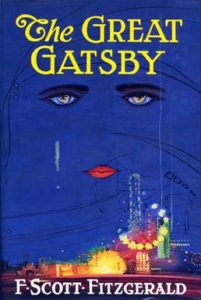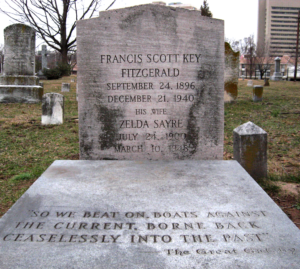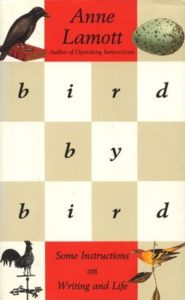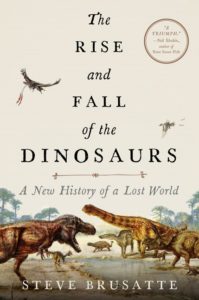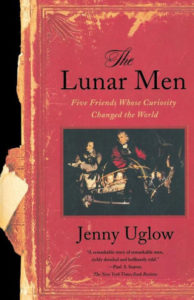 The Lunar Men: Five Friends Whose Curiosity Changed the World, by Jenny Uglow (Farrar, Straus and Giroux, 2002, 588 pp.)
The Lunar Men: Five Friends Whose Curiosity Changed the World, by Jenny Uglow (Farrar, Straus and Giroux, 2002, 588 pp.)
Social media and smart phones have made face-to-face interaction passé. It was not always so. Jenny Uglow reminds us that in Britain in the second half of the eighteenth century, people formed clubs of all kinds and for every taste, in London coffeehouses and far beyond. There were clubs for singing, drinking, and for poets, clubs for pudding makers, politicians, even clubs for farting.
Here she focuses on the Lunar Society of Birmingham, an informal group of friends in the 1760s who began meeting in each other’s houses on the Monday nearest the full moon, hence the name. In the age before headlights and streetlamps, they relied upon the moon to light their way home after a night of good food and drink, and lively arguments and conversations.
This was the heart of the Age of Enlightenment, of Voltaire, Samuel Johnson, of Adam Smith, Rousseau, and Captain James Cook, before science was really a profession (the word “scientist” wasn’t even coined until the 1830s), when it was possible to be a polymath with interests in nearly every branch of the arts and sciences. They were curious about the world and the way it worked, and were not afraid to push the boundaries of knowledge into new, exciting, and controversial places. They were freethinkers and non-conformists who ushered in the Industrial Revolution and transformed the world.
And what an extraordinary group they were: Erasmus Darwin (grandfather of Charles), doctor, poet, botanist, and evolution pioneer; James Watt, the famous Scots steam-engine designer; Josiah Wedgwood, revolutionary pottery designer whose china we still eat from; Joseph Priestley, the radical scientist-clergyman who isolates oxygen and discovers carbon dioxide and other gases; Matthew Boulton, who built the great Soho manufactory and financed Watt’s steam engine; the Scots chemist James Keir, clockmaker John Whitehurst, Dr. William Small (one of Thomas Jefferson’s most influential teachers), Dr. William Withering, who pioneered the use of digitalis in treating heart disease, and several others.
The Lunar Men “build factories, plan canals, make steam-engines thunder. They discover new gases, new minerals and new medicines and propose unsettling new ideas. They create objects of beauty and poetry of bizarre allure.” In two generations, from 1730 to 1800, “the country changed from a mainly agricultural nation into an emerging industrial force. By the time these friends died, iron and coal and cotton were king” and millions of lives were changed forever by the factory, the railway, and the rise of a global empire.
The author warns us that this books “smells of sweat and chemicals and oil, and resounds to the thud of pistons, the tick of clocks, the clinking of cash, the blasts of furnaces and the wheeze and snort of engines, but it also speaks of bodies, courtships, children, paintings, and poetry.” It’s a charming portrait of extraordinary individuals who are driven to unlock the secrets of the universe.
But what did all of their achievements and discoveries really bring? Aye, there’s the rub. Was it progress, or something else? Heaven on earth or hell itself? Factories overran farms, and machines turned humans into interchangeable parts. It was the dawn of the age of the consumer culture that brought luxury and shallow materialism, including, eventually, the smart phones that now make the kind of face-to-face social interactions like the Lunar Society a thing to be longed for. The science that made it all possible has its roots in their long-ago Monday night gatherings under the light of the full moon.
Despite all our technology, in many ways we still live as much in the dark as the Lunar Men did. But there is no denying that they were, as she says, “a constellation of extraordinary individuals” who “felt the greatness of the cosmos and its limitless possibilities, the beauty of the infinitely small and the grandeur of the vast.”
The best advice I can give is to echo book critic Michael Dirda: Here “is a book you can live in for a month or more, especially in these dark times. Start reading some evening when the moon is full.”

